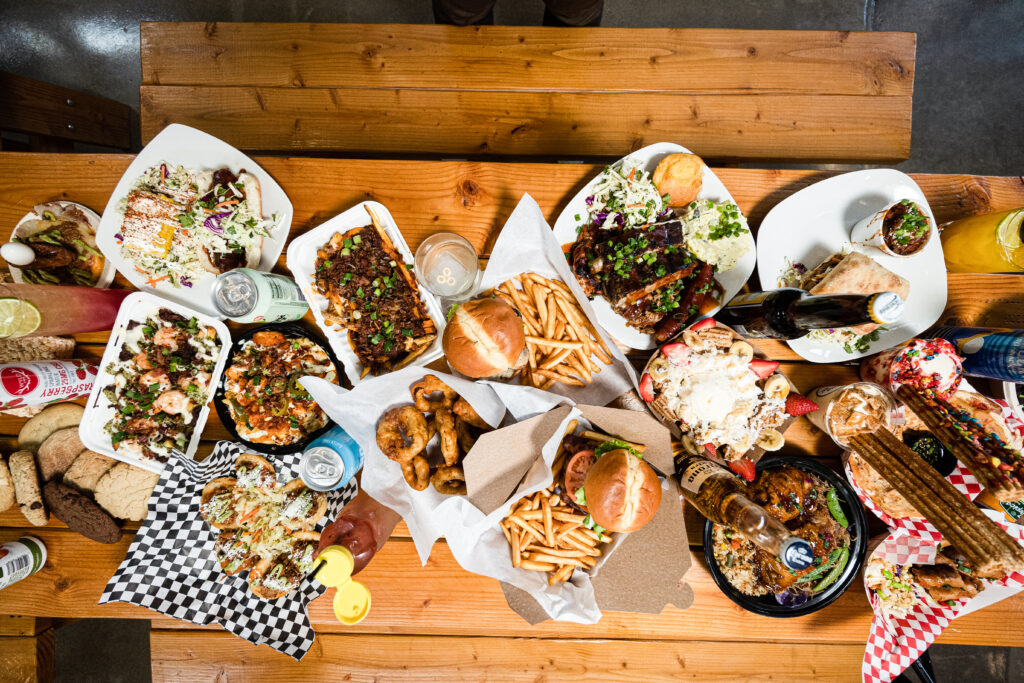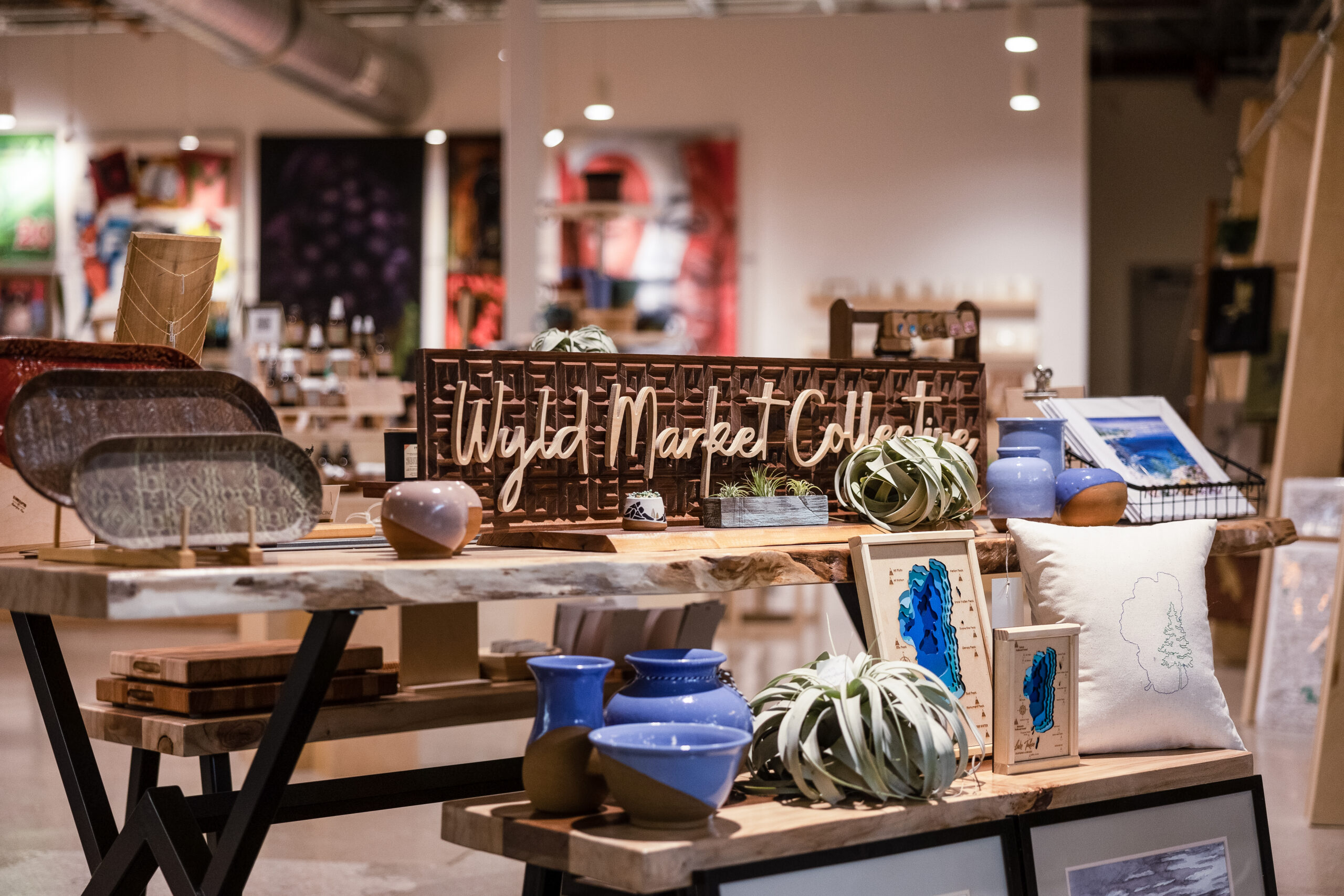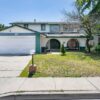Reno has changed a lot over the past 100 years, but to see just how different it is, look no further than the recent changes to Reno Public Market at the south end of Midtown. Earlier this year, Reno’s erstwhile Shoppers Square was remodeled into a brand new, mixed-use facility full of some of the hallmarks of Reno’s past century of development: art, live events, local brands, and lots of good food.
But as much as Reno Public Market exemplifies Reno’s present (and hopefully future), the building itself has deep roots in the city’s history. Let’s look at where Reno was in 1923, and what its redevelopment can tell us about Reno’s culture and economy in the 21st century.
The History of Reno Public Market
In 1923, the city of Reno proper occupied a far smaller parcel of land, and its population reflected it. It’s estimated that a little over 12,000 people lived in the town in 1920. But then, as it is now, Reno entered a great population shift, growing by 50% over the next decade. As Reno acquired some of its oldest and most famous institutions in the 1930s (namely, legalized gambling, one of the shortest residency requirements for divorce in the nation, and increased investment in the arts) the population boom only continued. With its borders bursting at the seams, Reno needed more room to grow.
Enter the Casazza family, who purchased 140 acres of land to the south of downtown as part of their family ranch in 1923. As Reno sprawled into their domain, the Cassazas began to sell acreage to the burgeoning town, all except for their current property at the corner of Plumb Lane and South Virginia Street—where their original family home once stood. In 1963, the Casazzas announced they were going to develop a $2.4 million shopping center on that parcel, and Shoppers Square was soon a reality.
A modest marketplace, Shoppers Square nonetheless stood for decades as a family-run establishment bordering the aptly named Casazza Drive. Over the decades, numerous businesses came and went as tenants—department stores, banks, drugstores, and restaurants among them. In 2019, however, the Casazzas decided to revamp the space, starting a years-long redevelopment that was hampered by the COVID-19 pandemic, permitting issues, and record snowfall levels this past winter.
In January of this year, Reno Public Market opened its doors to the public, showcasing a sprawling food court, space for 22 individual vendors, one of the largest bars in Reno, storefronts for local businesses, a combined artist workshop space and gallery, and a live entertainment stage christened “Faye’s” in homage to a long-time former tenant, Faye’s Sportswear. The original neon sign that illuminated her storefront now sits, repurposed, above the main stage.

The Economic Vision
Similar to other developments in Reno over the past two decades, Reno Public Market was made possible thanks to some outside investment. California-based developers Foothill Partners were amongst the first to come up with the redesign, with Fireten Hospitality handling much of the mixed-use food court and vendor space. The entire price tag for the 55,000-square-foot space came in at around $50 million.
The food court is one of the premier utilities of the space, according to Steve Schroeder, founder of one of Reno’s most successful summer community events, Food Truck Fridays. According to Schroeder, who was asked to consult on the design of the food court, the smaller vendor stations present a logical progression for local restaurateurs from individual food trucks to 10-by-30-foot brick-and-mortar locations with lower overhead costs and community appeal baked into the concept.
The team behind Reno Public Market is banking on the sense of community inspired by the mixed-use space instead of the retail-forward model of Shoppers Square. Instead of going to Reno Public Market for one thing, the idea is that shoppers can find many—either trying different types of food, grabbing a drink while they watch live music, or wandering the storefronts until they see something they like.
It’s a concept that’s worked in other venues established by Foothill and Fireten, but Reno Public Market also has a secret weapon working in its favor. The development of the Reno Entertainment District apartment complex at the former site of Park Lane Mall across the street is primed to provide a ready source of clientele for the shopping center, which also includes a CVS Pharmacy, Sprouts grocery store, and other consumer must-haves. Investment in the confluence of living, entertainment, and shopping is poised to reinvigorate the south of Midtown.

The Future
The development of Reno Public Market is a microcosm of Reno’s own expanded economic vision. As the city has fought to move away from the largely gaming-centered economy of the past century, investment in large-scale entertainment spaces (like Jacobs Entertainment’s Neon Line District downtown), local food and beverage brands (evident in fourth street’s Brewery District or Food Truck Fridays), and high-density housing constitutes a shift to a more modern and diverse economy. Underscored by our access to Lake Tahoe, world-class skiing and hiking, and other outdoor recreation, Reno is banking on experiences and local culture as its future economic drivers—with projects like Reno Public Market providing a roadmap.
At Dickson Realty, our team of local experts knows about the best activities and places to live, including the best things to do in Reno-Sparks in June. To learn more about how to enjoy the Northern Nevada region, contact one of our neighborhood professionals today.



